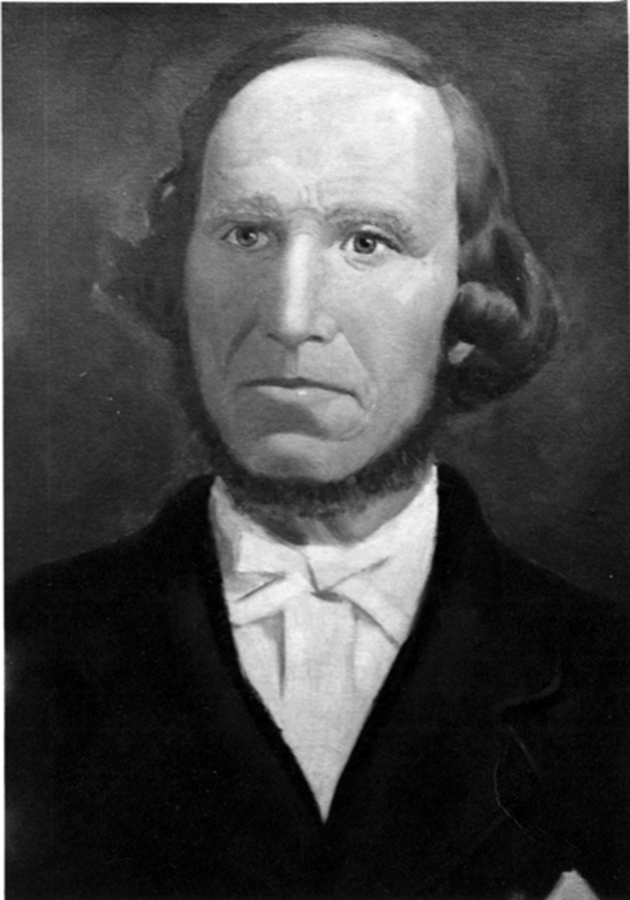A young Scotsman traveling the Oregon Trail paused at the Whitman Mission in 1847. There, Dr. Marcus Whitman suggested he “go to the Cowlitz.”
Following Whitman’s advice, Peter Crawford (1822-1889) found himself on the Cowlitz River later that year, where he marked an alder with a branding iron staking the first claim in the area. In 1884, he would lay out his claim as the town he named Kelso, after the town in Scotland near his birthplace.
In 1848, American settler Henry Williamson asked him to conduct a survey west of Fort Vancouver.
Just two years earlier, the United States and Britain signed the Oregon Treaty, which eased the two countries’ relations over the contested dividing line between the Oregon Territory and Canada. As Americans poured into the territory, the British occupied the fort, which reinforced the tension locally.
Williamson laid claim to land west of the fort and asked Crawford to plot out a town he called Vancouver. He then registered it at the Oregon City federal courthouse, a town Crawford also had mapped. In time, four claims — Amos Short’s, Williamson’s town, the military reserve and St. James Mission — would overlap and become utterly entangled.
The gold rush lured Crawford briefly to California for about a year before he returned to continue surveying what is now Southwest Washington and northern Oregon. Crawford and his brother Alexander played a role in carving the Washington Territory out of the Oregon.
In meetings in 1851 and 1852, several citizens attended the Monticello Convention (also called the Cowlitz Convention). The first was held in a log cabin on Jackson’s Prairie (now in Lewis County); and the second in Monticello, a small village that once stood somewhere between today’s R.A. Long Park in Longview and the Cowlitz River, to take the initial step to create the new territory.
During the second session, the Crawford brothers and others signed a petition to the Oregon Territorial governor, who forwarded the request to Congress with his support. Washington became a new territory in 1853. (A few years later, in 1867, a flood washed all of Monitcello’s buildings into the Columbia River.)
Crawford married a much younger Zillah Patterson, who conceived two daughters and three sons. During that time, Crawford served 28 years as Cowlitz County surveyor. The family moved to Vancouver in 1881 seeking medical care for their daughter Ellen, who died shortly after. Crawford was elected as Vancouver surveyor in 1883 and the following year served as Clark County surveyor.
The city of Vancouver called Crawford as a witness to help untangle the competing and overlapping claims involving the Esther Short estate, the town, the military reserve and St. James Mission. During his testimony, he described the Kanaka village, the nationalities of its inhabitants, which included Hawaiians, and an estimate of the Americans claiming land between 1847-1849.
Zillah died in June 1888, and Peter followed in July 1889, just months before Washington officially gained statehood. Both are buried with their children in the Old City Cemetery.
Martin Middlewood is editor of the Clark County Historical Society Annual. Reach him at ClarkCoHist@gmail.com.



